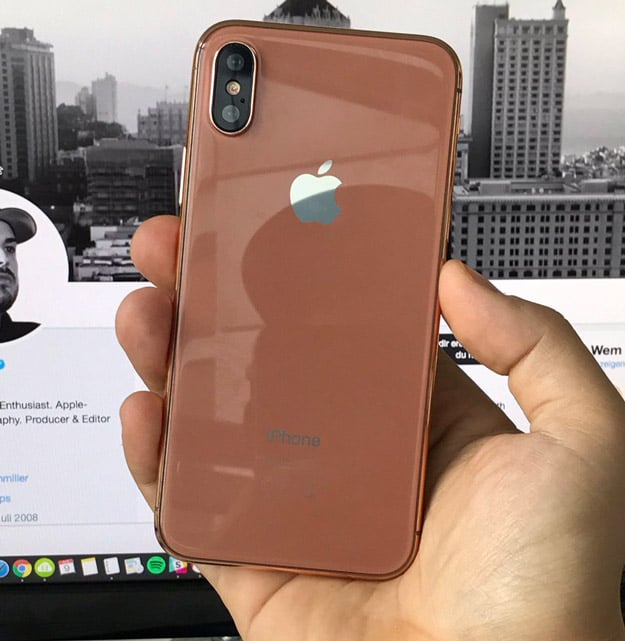iPhone 8 Uses Facial Recognition To Authenticate Apple Pay Transactions

For starters, it is believed that Apple has completely give up on its Touch ID fingerprint authentication with the iPhone 8. That means that Apple will have to rely on the infrared cameras to scan your face to unlock the device, and manage passwords used for logging into apps and websites. Developer Guilherme Rambo has also discovered hooks that tie the iPhone 8s “Pearl ID” facial recognition system with Apple Pay.
This means that instead of using your fingerprint to authorize a financial transaction, your face should be sufficient with the iPhone 8. In addition, third-party apps will be able to hook into the APIs and multiple faces can be registered with the system.
About Pearl ID:
— Guilherme Rambo (@_inside) August 9, 2017
1 - The software definitely supports it for payments
2 - 3rd party apps can use it
3 - You can add multiple faces pic.twitter.com/aUotHwD64f
Apple has installed Touch ID on its iOS devices since 2013, so many iPhone users have become accustomed to using it on a daily basis. Facial recognition is an even more “low-impact” method of authentication compared to using your fingerprint, so it will be interesting to see what kind of measures Apple is taking to maintain security — especially when it comes to financial transactions.
Code was also discovered in the firmware confirming that the lower portion of the display can serve as a dedicated digital home button interface. It can be resized, expanded or minimized based on how a user is interacting with a particular app. For example, the home button could be shown prominently when on the home page, while the entire function area could disappear completely when browsing the web in Safari or watching movies. According to developer Steven Troughton-Smith, there is no API available to change the color of the home button, which means that Apple is in full control for that aspect of the UI.
The iPhone 8 is expected to be unveiled next month by Apple, and will incorporate an OLED display, A11 processor, and wireless charging capabilities. The phone will be running iOS 11 and will likely be complemented by an all-new Apple Watch with optional LTE connectivity.

